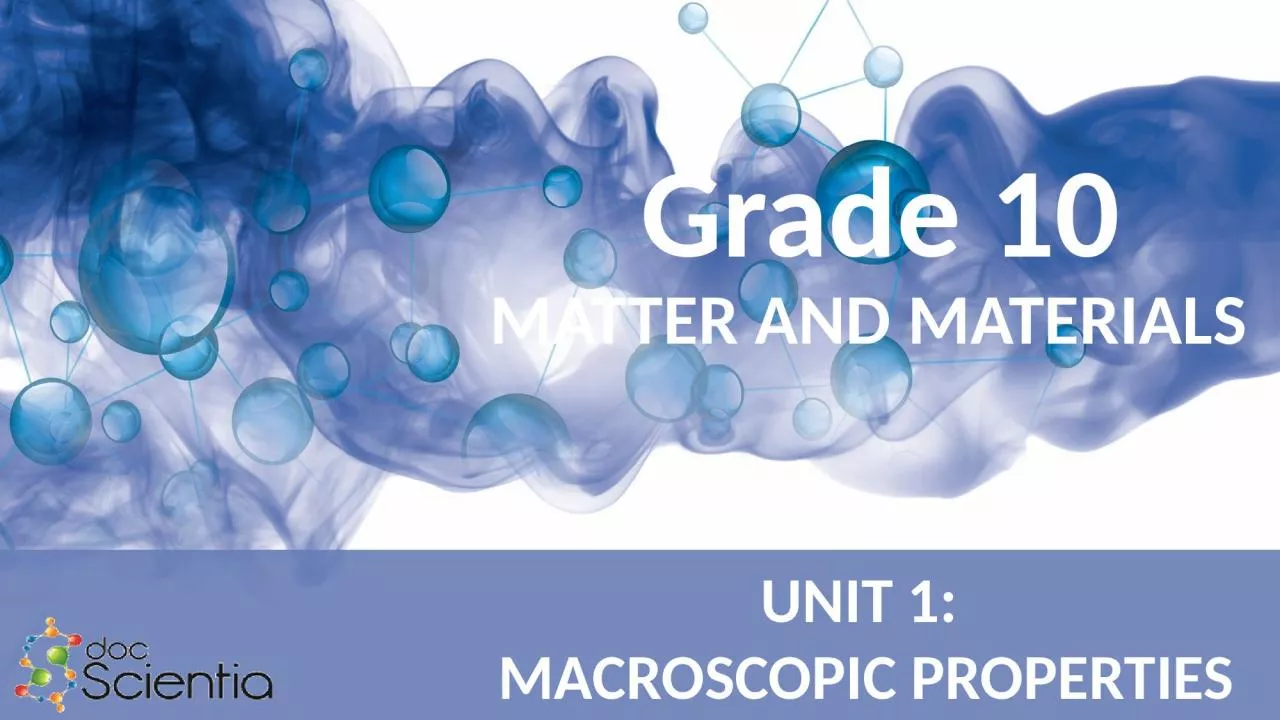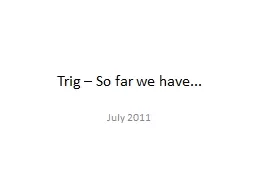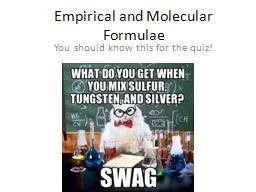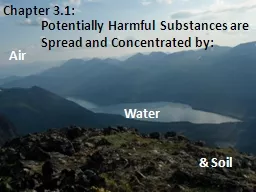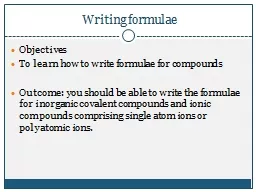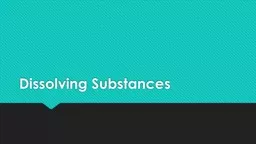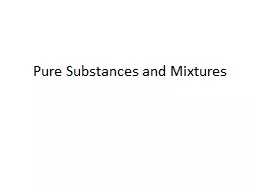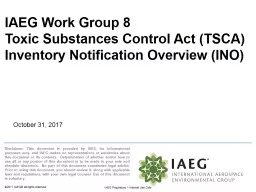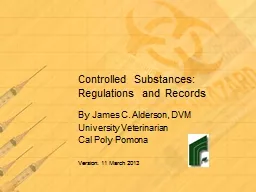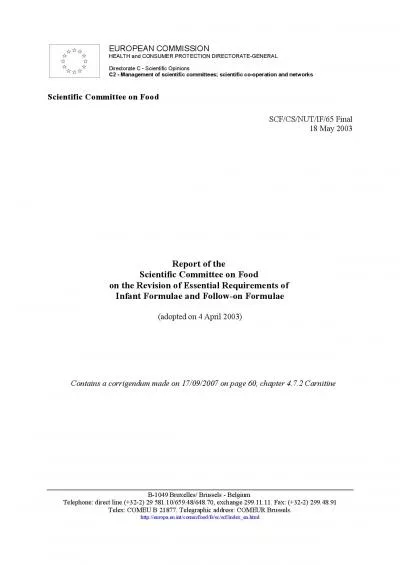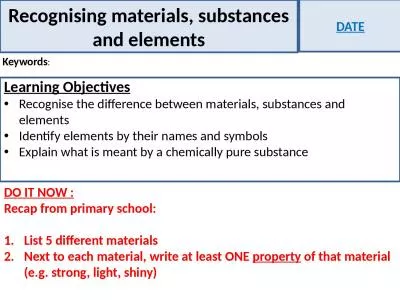PPT-1.3 Names and formulae of substances
Author : white | Published Date : 2023-10-04
Metals Nonmetals Left of dividing line eg Na Mg Zn Pb Right of dividing line eg S O 2 Cℓ 2 Br 2 On either side adjacent to the dividing line eg Si Ge Metalloids
Presentation Embed Code
Download Presentation
Download Presentation The PPT/PDF document "1.3 Names and formulae of substances" is the property of its rightful owner. Permission is granted to download and print the materials on this website for personal, non-commercial use only, and to display it on your personal computer provided you do not modify the materials and that you retain all copyright notices contained in the materials. By downloading content from our website, you accept the terms of this agreement.
1.3 Names and formulae of substances: Transcript
Download Rules Of Document
"1.3 Names and formulae of substances"The content belongs to its owner. You may download and print it for personal use, without modification, and keep all copyright notices. By downloading, you agree to these terms.
Related Documents

